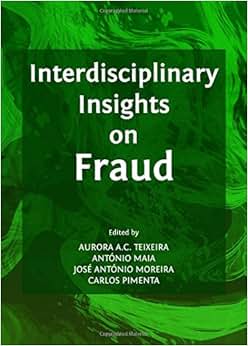
“Trade without risking your own capital—sounds like a dream. But does it really work that way?”
Picture this: you’ve been tracking gold prices for months, practicing on demo accounts, reading market news like it’s your daily horoscope. Then suddenly, a sponsored ad pops up—“Get funded up to $100,000 to trade gold. Keep 80% of the profits.” Tempting, right? No need to deposit your own money, no instant fear of blowing your savings. But in an industry that attracts both sharp traders and creative scammers, the question lingers: Are funded gold trading accounts the golden ticket, or just glitter covering a trap?
These accounts are part of the prop trading (proprietary trading) world—where firms give traders capital to trade in exchange for a cut of the profits. Instead of you fronting the cash, the company backs you, often after you pass a test or “challenge” to prove you can trade responsibly.
In gold trading, it might mean you get access to large buying power to speculate on XAU/USD, gold futures, or gold-related ETFs. The appeal is obvious: leverage someone else’s money, pocket your gains. Losses? Supposedly the firm’s problem, not yours—unless certain rules are broken.
The prop trading model itself is not shady—big banks and hedge funds have used it for decades. The tricky part is in who’s offering the funding and how they structure the deal.
Signs of a credible funded account program:
Red flags:
In short, the business model can be legit—but some players exploit the hype around gold and make it a scammy pay-to-play challenge with no real funding.
While gold has that “safe haven” status, funded accounts often allow trading across asset classes—forex for fast-moving currencies, stocks for equity plays, crypto for high volatility, indices for broad market exposure, plus options and other commodities.
For traders, this diversity means you can pivot strategies. Maybe gold is range-bound this month—nothing exciting. But crypto rallies, or oil surges. Funded accounts with multi-asset access let you chase those moves without tying all your risk to one market.
From a skill-building aspect, trading gold forces discipline: it’s less chaotic than small-cap stocks or meme coins, yet still reactive to macro data, geopolitical tensions, and the USD. The patience you learn here translates well to other markets.
While funded trading relies on centralized firms backing you, DeFi is taking another route—peer-to-peer liquidity pools, smart contracts, and blockchain-driven exchanges. No corporate middleman, but new risks: smart contract bugs, rug pulls, and liquidity issues.
Some traders are already experimenting with AI-driven bots running on smart contracts to automate gold or forex trades. Imagine bypassing prop firms entirely and getting capital from DAOs or decentralized funding collectives. This could be the next frontier, but it’s far from risk-free—it demands both technical and trading know-how.
Prop trading firms are starting to integrate:
Gold, as an asset, fits perfectly into this tech shift because it remains globally relevant, liquid, and driven by events AI can predict better than humans.
We’re likely heading toward hybrid models—centralized firms offering decentralized settlement, AI-assisted strategy, and cross-asset funding pools. That means traders could get instant capital approval, automated risk checks, and multi-market access in one platform.
Funded gold trading accounts can absolutely be real opportunities—but only if the company is legit and the trader knows the game. There’s no shortcut around due diligence, whether you’re dealing with a top-tier prop firm or a decentralized funding collective.
Think of it this way: “Gold never scams you—humans do.”
If you’ve got the discipline, the patience, and the skill, funded gold trading can be a way to scale your success without risking your rent money. Just make sure when you polish that golden offer, it shines for real—and isn’t just sprayed glitter.
Your All in One Trading APP PFD